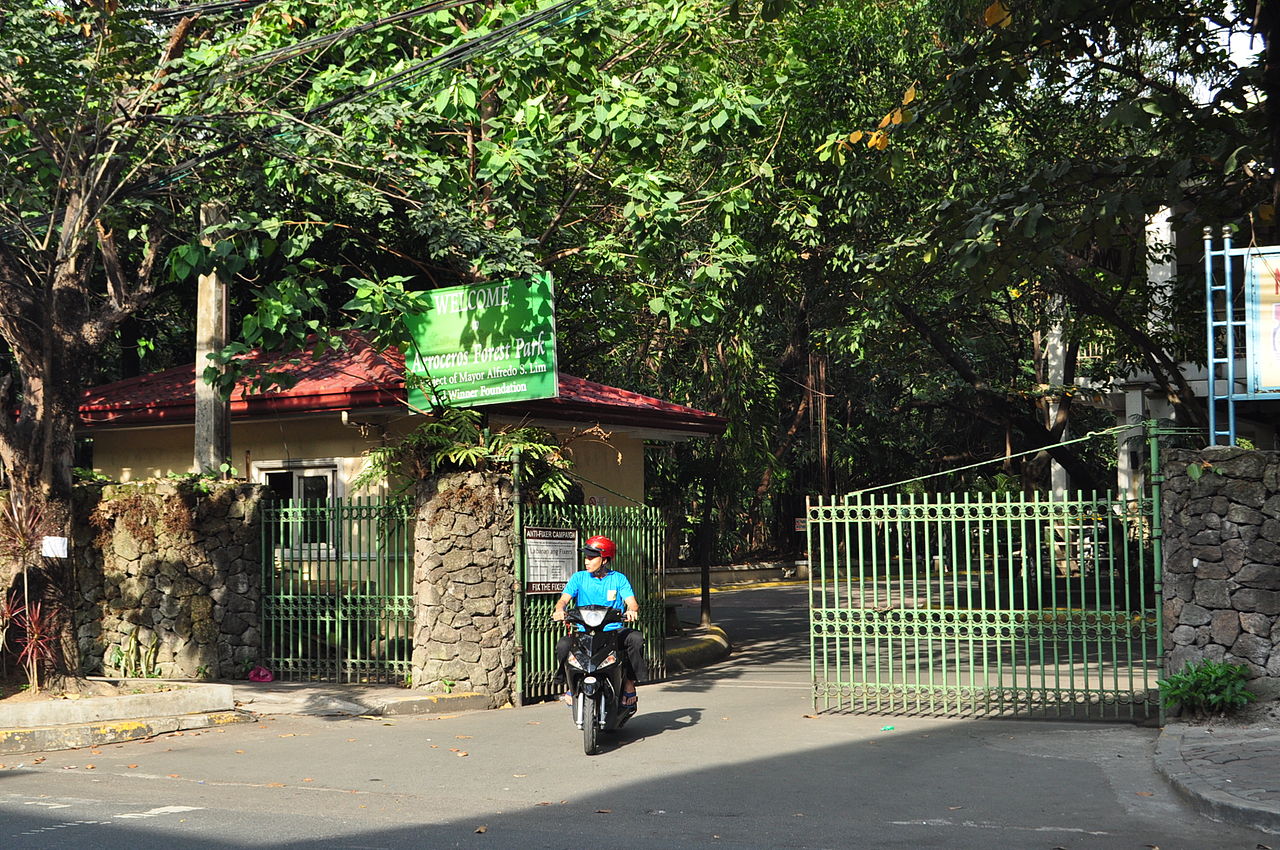Opinion: Let’s tackle air pollution with natural solutions offering a triple win
We don’t just have a climate emergency. We also have a pollution emergency. That is a scary thought, but it also presents an opportunity.
I
believe there can be a triple win of reducing air pollution, mitigating our contribution to climate change and successfully adapting to the changing climate.
The 21st Century will be the urban century, as more than 2 billion additional people arrive in cities globally. This rapid urbanization is unprecedented in human history. By 2050, the vast majority of humanity will live in cities, towns and urban areas.
One of most pressing of global urban environments is air quality. It’s estimated that ambient air pollution was responsible for 3.5 million premature deaths in 2017. Another key challenge for many cities is heat stress exacerbated by climate change. A quarter of a million people are expected to die each year because of urban heat by 2050.
So, can nature help address these twin problems of air that is too dirty or too hot?
The beauty of trees
Trees and parks provide many benefits to people including recreation. They also mitigate climate change by soaking up carbon dioxide. There’s more. Tree planting, according to a review of literature by The Nature Conservancy, can reduce particulate matter by 7 to 24 percent, and can help reduce temperatures by 1 or 2 degrees Celsius.
Adapting to air pollution isn’t an excuse for failing to mitigate the causes. As with climate change, mitigation and adaptation must go hand in hand. Indeed mitigation is the best form of adaptation.
Nevertheless, we need to harness the power of nature to provide solutions for the climate emergency and the pollution emergency. For cities, an annual investment of USD 100 million in urban tree planting could create enough shade to cut average temperatures by 1 degree Celsius for 77 million people around the world. Of course, planting trees represents just one of many possible solutions.
In early November, I was honoured and humbled to share a platform with eminent experts at the International Forum on Air Pollution and Climate Change in Seoul, South Korea.

The entrance to Arroceros Forest Park. Photo: Creative Commons/Wikipedia
Francisco “Isko Moreno” Domagoso, the mayor of Manila, spoke eloquently of the Arroceros Forest Park. One of the few green spaces left in the city, he recently announced plans to protect and rehabilitate the park, which had long been threatened by building developments. Home to more than 3,000 trees and a rest stop for migratory birds, the park has been dubbed the “lung” of Manila. Crucially, it has also been shown to mitigate the city’s serious air pollution and plays a key role in minimizing flooding.
Examples like this need to be replicated and scaled up. Solving these interconnected challenges requires more cooperation. Political, technical and financial support must be mobilised – and new coalitions for change need to be forged.
A stark choice
This was the purpose our meeting in Seoul, convened by the Executive Management Committee of the National Council (NCCA). Launched last April, the NCCA has already taken major strides in its mission of finding new and better ways to tackle particulate pollution, under the chairmanship of Mr Ahn Byung-ok.
The tireless efforts of Secretary-General Ban Ki-moon, in raising the profile of these issues and mobilising action also deserves special mention – in his role as Chairman of the National Council on Climate and Air Quality, among others.
Humanity faces a stark choice: we can harness nature-based solutions to mitigate climate change and air pollution, and to better adapt—or we can continue with business as usual and lose the bounty that nature provides.
I am an optimist and believe can conquer the common threats of air pollution and climate change. We have the knowledge and the technology to come up with integrated solutions for a safer, cleaner and healthier world. Not just for the privileged, but for everyone.
The ideas presented in this article aim to inspire adaptation action – they are the views of the author and do not necessarily reflect those of the Global Center on Adaptation.